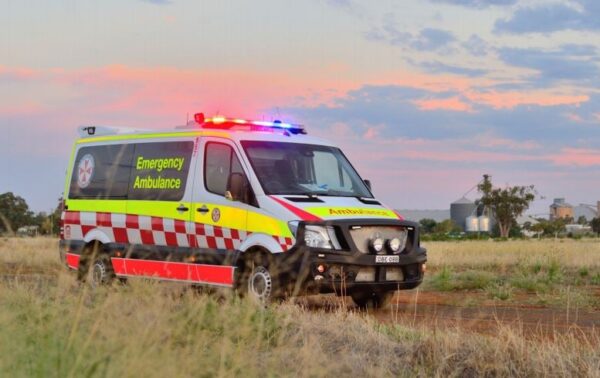This article demonstrates how ePCR technology has improved SCAS services and patient outcomes since they were introduced to replace manual, disconnected, paper-based systems. It is based on a presentation delivered by Mark Ainsworth-Smith, SCAS Pre-Hospital Care Consultant at the Council of Ambulance Authorities/Corvanta webinar, Connecting Clinicians and Data to Influence Patient Outcomes.


James McManus
James brings extensive industry experience, with almost twenty years of his career spent in out-of-hospital care, including roles at Ambulance Tasmania and Queensland Ambulance Service ranging from a frontline clinician at the start of his career to healthcare executive leadership. James leads the Corvanta team who share his passion to support the industry with the technology they need to deliver timely, integrated, patient-centric solutions.
Background - SCAS Operations
Operations are located at over 100 sites covering multiple services, with 3,800 clinical and operational staff and 1,000 volunteers. SCAS’ service area is a diverse region and covers cities like Portsmouth, Southampton, Oxford, and Reading and surrounding rural areas.
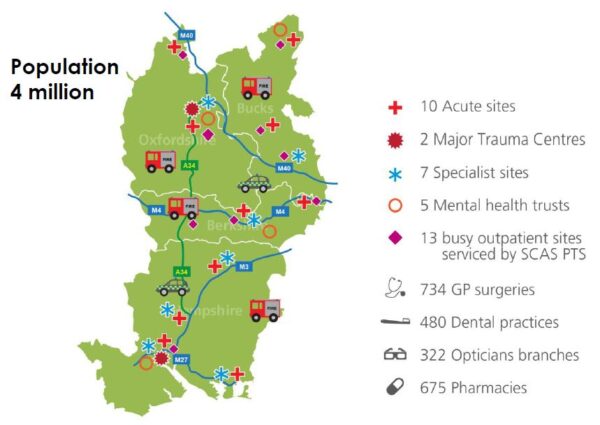
SCAS operates in a similar way to other UK ambulance services and has response targets and clinical care quality indicators to meet each year. SCAS has also needed to manage increased service demand, as well as a national paramedic shortage.
Legacy Systems
Until 2015, SCAS used a complex, manual, paper-based record system to document each incident. As an example, ambulance crews needed to complete paperwork whilst on a job. Patients and hospitals were given a carbon copy, with the master copy scanned for reference.

SCAS employed an entire team to scan every single record, review information, and enter relevant data manually into a database. Data analysis entirely relied on manual processes conducted by people and was prone to error. This was a very inefficient way to capture and analyse data, so SCAS decided to introduce ePCRs.
Electronic Patient Care Records
SCAS introduced ePCRs in 2015 to eliminate the inefficient legacy systems to save time and increase the accuracy of information recorded and transmitted. A staggered rollout occurred, with every SCAS vehicle equipped with an ePCR device by November 2016. Intense ePCR training for all staff was conducted, which included champions to advocate for the system, and test devices for crews to familiarise themselves with the new technology.
ePCR devices were configured to connect SCAS’ monitoring devices, so physiological readings, including ECGs, blood pressure, and heart rates are transferred wirelessly. They enable the real-time electronic transfer of this precise information to all prehospital stakeholders, including emergency departments, specialist centres, SCAS’ Clinical Support Desk, and general practitioners.

ePCRs allow these stakeholders to view important information, such as summary care records, previous ambulance attendances, and Do Not Attempt Cardiopulmonary Resuscitation (DNACPR) orders. This can reduce unnecessary admissions to emergency departments and secondary triage can be undertaken to divert patients to appropriate care. SCAS has found that data quality has been good since it is entered by clinicians or directly sourced from devices. Data retrieval, analysis, and reporting is quick and easy. All data is secured in a ‘data warehouse’ and information is used for research, audits, quality assurance monitoring, planning, and resourcing.
The ePCR system saves time across the connected journey, and it is easier for healthcare professionals at clinical destinations to plan the right treatment – before the ambulance arrives. Patient handover processes are more efficient, and ‘big data’ is enabled, so analysts can source insights to update procedures and clinical guidelines.
Some of the insights ePCRs have provided to SCAS are shown below.
Example - Road Traffic Incidents
SCAS know exactly where and when their services are required to attend road incidents. Data is segmented to highlight incidents involving specific vehicle types, such as motorcycles. The maps below show there are large road incident clusters in Southampton and on major motorways.
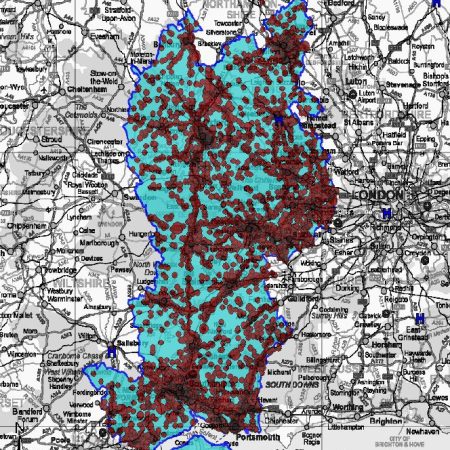
Road Incidents – All Vehicles
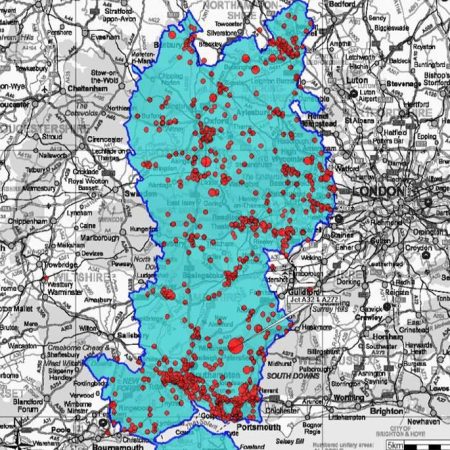
Road Incidents – Motorcycles Only

Example - Falls
Along with road incidents, falls from a height of fewer than two metres is a common reason for an emergency callout. The map below shows the distribution of these incidents.
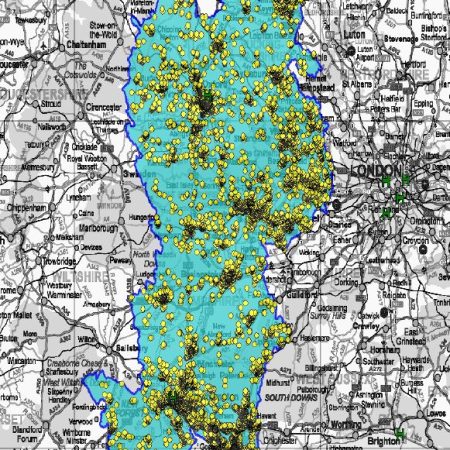
For example, 40% of emergency department admissions in Southampton are due to a fall – a significant use of health resources. Education campaigns could be produced to address this issue.
Example - COVID-19 Cases
SCAS was able to analyse the COVID-19 hot spots across the different waves so they could plan for when and where resources were needed.
This helped ambulance crews prepare better, such as making sure suitable procedures were followed, and specific Personal Protective Equipment (PPE) was available in the event a Covid-positive patient had to be transported to a hospital.
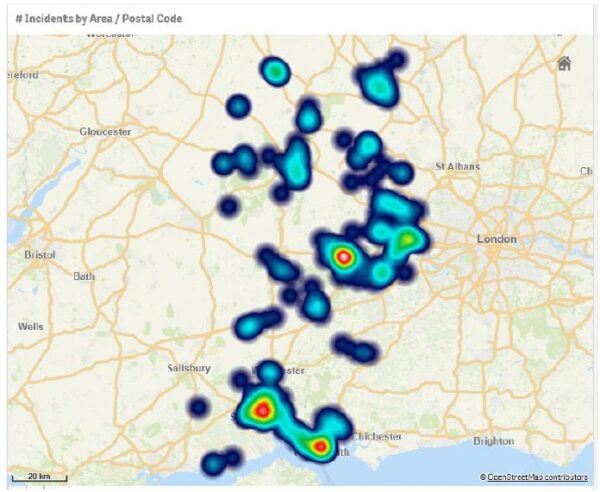
Potential ePCR Future Uses
ePCR has potential for further analysis. Health observation mapping can identify both geographical and temporal trends for prevention and education campaigns. Disease mapping can occur, for example, for influenza, sepsis, and meningitis. This data can also alert health departments of specific health problems and inform decisions to manage these issues.
As this data is stored in perpetuity, it can be analysed to measure the effectiveness of health programs over time to see if incidents decrease or increase.
Conclusion
SCAS has found that ePCR data has improved resourcing, efficiencies, and patient care and outcomes significantly. Insights from a ‘single source of truth’ are used to improve clinical care and reporting and inform improvements in ambulance resourcing and deployment models.
Ortivus, which supplies SCAS’ ePCR system called MobiMed, has recently joined forces with Trapeze Group Emergency Services to provide a fully integrated solution for prehospital care. MobiMed integrates with Corvanta’s existing Critical On-Demand Response solutions, resource mobilisation, paramedic safety and critical communications functions.

James McManus
James brings extensive industry experience, with almost twenty years of his career spent in out-of-hospital care, including roles at Ambulance Tasmania and Queensland Ambulance Service ranging from a frontline clinician at the start of his career to healthcare executive leadership. James leads the Corvanta team who share his passion to support the industry with the technology they need to deliver timely, integrated, patient-centric solutions.

